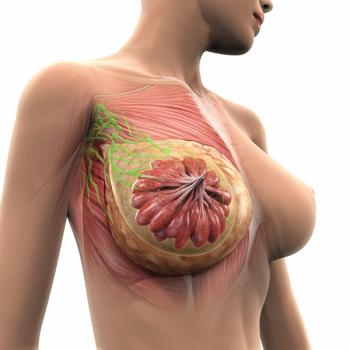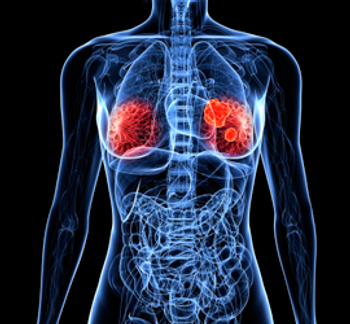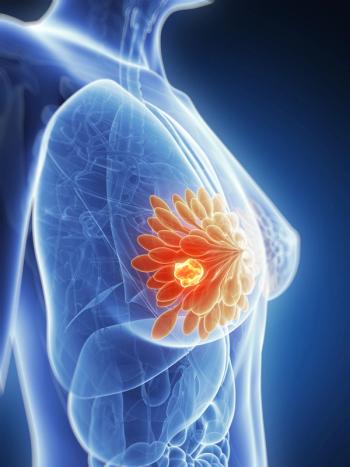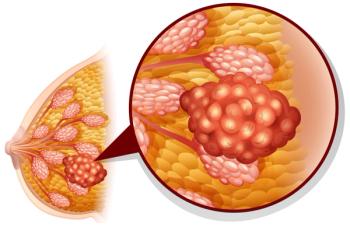
- Oncology Vol 29 No 4_Suppl_1
- Volume 29
- Issue 4_Suppl_1
(P096) Late Radiation-Associated Dysphagia (Late-RAD) With Lower Cranial Neuropathy After Oropharyngeal IMRT
Although the majority of oropharyngeal cancer survivors enjoy functional recovery in early survivorship, almost 10% suffer severe, late deterioration of swallowing abilities. Delayed lower cranial neuropathies often precipitate late-RAD.
Katherine A. Hutcheson, PhD, Denise A. Barringer, MS, CCCSLP, G. Brandon Gunn, MD, Stephen Y. Lai, MD, Merrill S. Kies, MD, David L. Schwartz, MD, Jan S. Lewin, PhD; UT MD Anderson Cancer Center; UT Southwestern Medical Center
PURPOSE: Late radiation-associated dysphagia (late-RAD) is a debilitating, delayed toxicity of nonsurgical organ preservation for head and neck cancers. Herein, we examine late-RAD in long-term oropharyngeal cancer survivors after intensity-modulated radiation therapy (IMRT).
METHODS: A pooled dataset was analyzed from two institutional single-arm clinical trials of nonsurgical organ preservation with radiation. Prospective functional analysis included radiographic swallow studies (videofluoroscopy) and questionnaires pretreatment and 6, 12, and 24 months after treatment. Functional recovery at 1 year was assessed by index measure: solid food diet, feeding tube–free, functional airway protection, and no lower cranial neuropathy or stricture. A diagnostic algorithm was developed to classify late-RAD events based on significant dysphagia on late (≥ 2 yr) videofluoroscopic swallow referrals among patients with early functional recovery from acute toxicities of IMRT by 1 year.
RESULTS: A total of 57 oropharyngeal cancer survivors with a minimum 2-year disease-free clinical follow-up after IMRT (range: 66–72 Gy) with systemic therapy were included. T-stage distribution was: TX (4), T1 (13), T2 (21), T3 (15), and T4 (4). Also, 52 patients (91%) achieved functional recovery by 1 year. At a median follow-up of 5 years, the cumulative incidence of late-RAD was 9% (5 of 57), 3 of whom had delayed lower cranial neuropathy (XII or X). An additional five patients were considered at risk for late-RAD per self-report of progressive dysphagia symptoms ≥ 2 years after treatment without videofluoroscopic confirmation.
CONCLUSION: Although the majority of oropharyngeal cancer survivors enjoy functional recovery in early survivorship, almost 10% suffer severe, late deterioration of swallowing abilities. Delayed lower cranial neuropathies often precipitate late-RAD.
Proceedings of the 97th Annual Meeting of the American Radium Society -
Articles in this issue
Newsletter
Stay up to date on recent advances in the multidisciplinary approach to cancer.





















































































